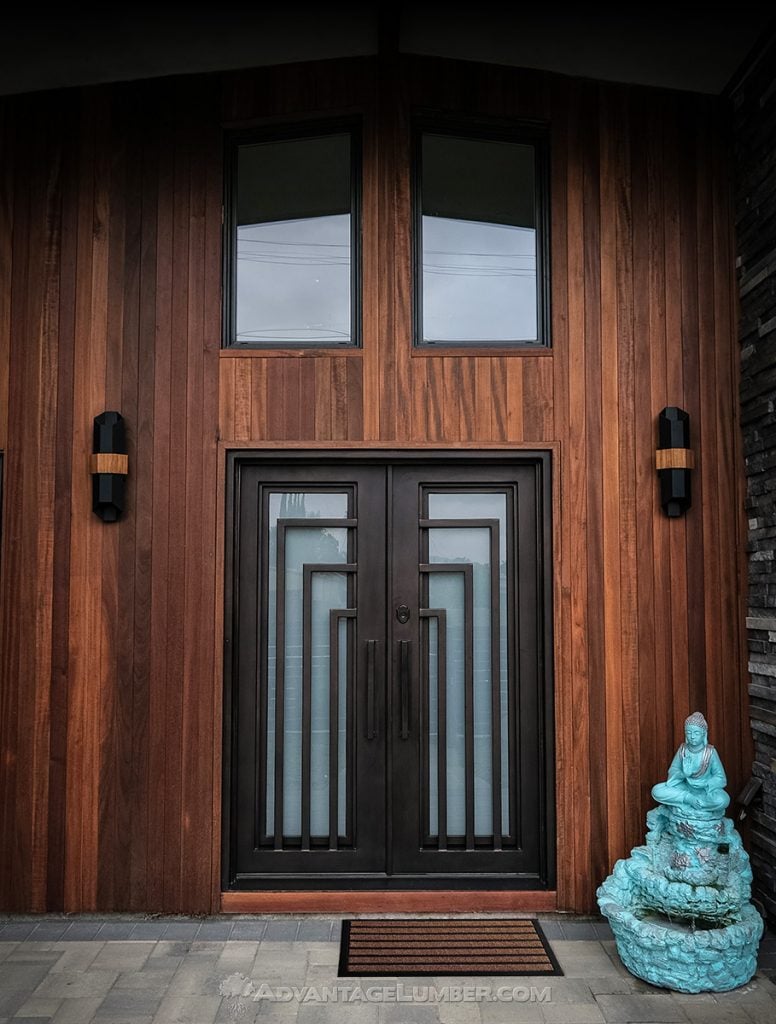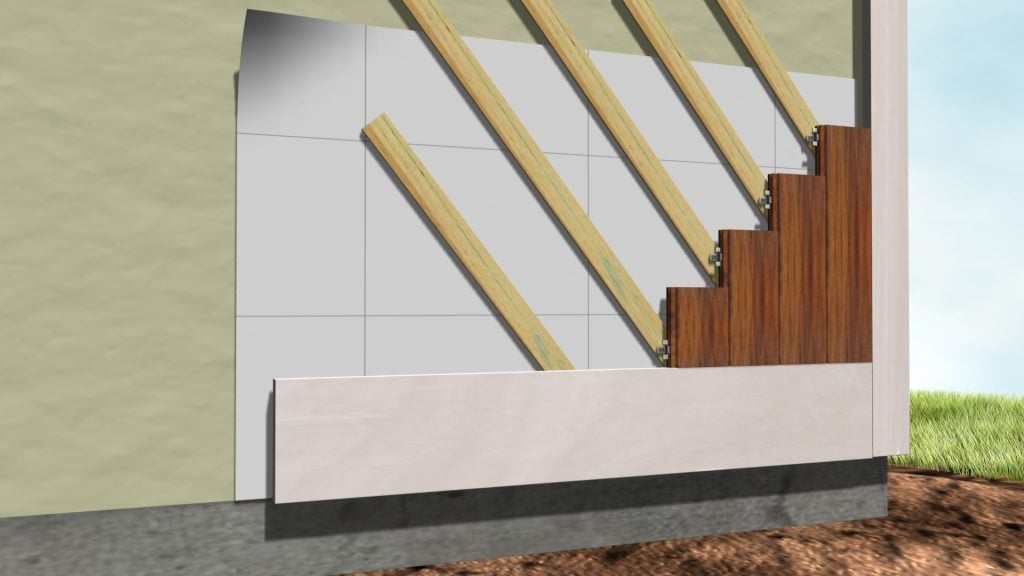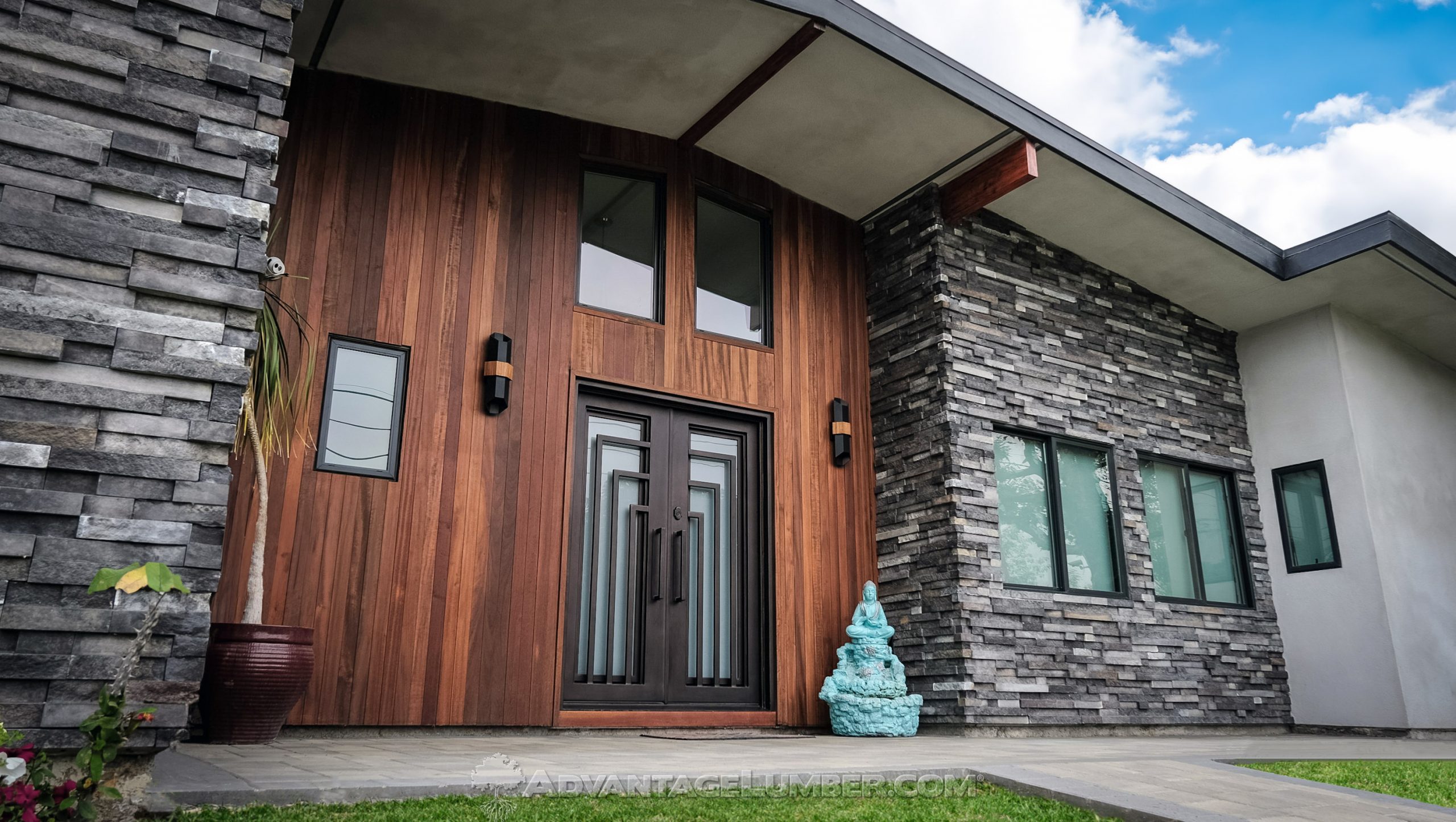Vertical shiplap siding is taking the design world by storm, offering a clean, sleek aesthetic that complements both interior and exterior applications. Whether you’re revamping a bathroom, adding flair to your home’s exterior, or designing a contemporary living space, vertical shiplap siding delivers versatility and modern charm.
Let’s look at latest trends, best practices for installation, and why vertical shiplap is becoming a preferred choice for homeowners and designers alike.
The Rise of Vertical Shiplap in Modern Design

Vertical shiplap has emerged as a favorite in modern design due to its ability to create the illusion of height and spaciousness. Unlike traditional horizontal shiplap, vertical installations exude a contemporary vibe, making them a go-to choice for minimalist and modern aesthetics. Here are some key trends driving the popularity of vertical shiplap:
- Contrasting Textures: Pairing vertical shiplap with smooth finishes like marble, polished concrete, or glass creates a striking contrast that elevates interior spaces.
- Natural Tones: Homeowners are opting for natural wood finishes, celebrating the grain and texture of durable species like Ipe, Cumaru, and Teak.
- Accent Walls: Vertical shiplap is being used for accent walls in living rooms, bedrooms, and kitchens, offering a unique visual focal point.
- Exterior Statement: On the exterior, vertical shiplap delivers a modern yet rustic look, enhancing curb appeal and complementing architectural features like large windows and asymmetrical designs.
Should Shiplap Be Installed Vertically or Horizontally?
The timeless debate of vertical versus horizontal shiplap boils down to personal preference and design goals. While both orientations have their merits, vertical shiplap is often favored in modern designs due to its sleek and elongated appearance.
- Horizontal Shiplap: Offers a traditional look, making spaces feel wider and cozier. It’s a classic choice for farmhouse or cottage-style interiors.
- Vertical Shiplap: Creates a sense of height, making ceilings feel taller and rooms more spacious. It’s ideal for contemporary or industrial designs.
Ultimately, both options are viable, and the choice depends on the aesthetic you want to achieve.
Interior vs. Exterior Applications
Vertical shiplap is versatile, suitable for both interior and exterior installations. Here’s how it shines in each context:
Interior Applications
- Bathrooms: Vertical shiplap adds elegance and height to small spaces. In damp environments like bathrooms, ensure proper ventilation and use durable woods such as Teak or Mahogany.
- Living Rooms: Create a modern accent wall that draws the eye upward, perfect for spaces with high ceilings.
- Basements: Brighten and visually expand darker areas with vertical shiplap, ensuring proper installation to prevent moisture buildup.
Exterior Applications
Vertical shiplap is a popular choice for modern home exteriors, offering a distinctive look that stands out. When installing vertical shiplap outdoors:
- Use durable, weather-resistant wood species such as Ipe, Cumaru, Tigerwood, Garapa, Teak, or Mahogany.
- Protect the wood with a high-quality sealant to prevent weathering and maintain its natural beauty.
- Ensure proper installation with furring strips at a 45-degree angle to allow airflow behind the boards. This setup prevents moisture buildup and facilitates water drainage, ensuring the longevity of the siding.

Installation Tips for Vertical Shiplap
Proper installation is key to achieving a flawless finish and ensuring durability. Follow these tips:
- Choose the Right Wood: For exterior applications or damp locations, select highly durable species like Ipe, Cumaru, Tigerwood, Garapa, Brazilian Redwood, Mahogany or Teak.
- Prepare the Surface: Ensure the wall is flat and dry before installation.
- Use Furring Strips: For exterior or damp areas, install furring strips at a 45-degree angle behind the shiplap. This allows the wood to breathe and water to drain if it gets behind the siding.
- Seal and Protect: Apply a high-quality wood sealant to protect the surface from moisture and UV rays.
- Secure Properly: Use corrosion-resistant fasteners to avoid staining and ensure a long-lasting hold.

Why Choose Vertical Shiplap?
Vertical shiplap is more than just a design trend—it’s a versatile and durable option that brings sophistication to any project. Whether you’re creating an accent wall, revamping your bathroom, or upgrading your home’s exterior, vertical shiplap is a stylish and practical choice. By selecting the right materials and following best installation practices, you can enjoy the beauty and functionality of vertical shiplap for years to come.
Elevate your design with vertical shiplap siding—a modern twist on a classic favorite.
